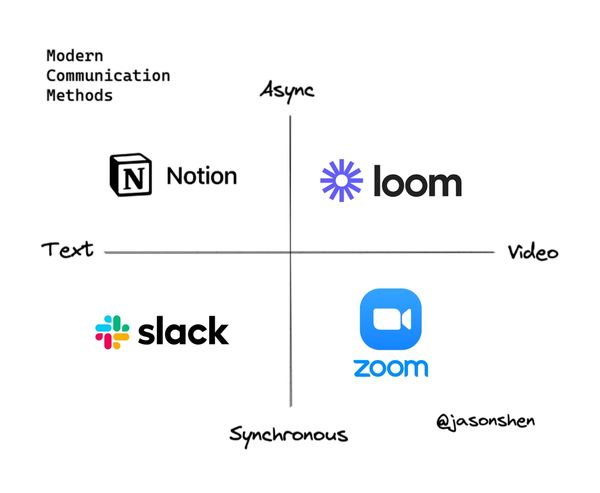🖼 Premature Optimization (Scotch & Bean) + 👉 ADHD 2.0 (a guide for the hyperactive)
This is the 74th edition of Cultivating Resilience, a weekly newsletter how we build, adapt, and lead in times of change—brought to you by Jason Shen, a 1st gen immigrant, retired gymnast, and 3x startup founder turned Facebook PM.
Greetings friends— I realize that last week I jumped the gun and labeled it the 74th newsletter when it was really only the 73rd. So please accept my sincere apologies.
Seriously though, I don’t think I could have been sure I would keep up a weekly newsletter for nearly 18 months with hardly any breaks. But the journey on this has been really enjoyable and I wouldn’t have done it without you all.
Shoutout to new subscribers Jessi and James this week!
-Jason
PS - Live in SF? Support my friend Bilal’s campaign for State Assembly
🧠 Why Loom and Async Video is So Powerful for Communicating
Remote and hybrid work means we can no longer rely on overhearing conversation in a shared space. Which means knowledge must be shared explicitly. That is done traditionally through 3 methods:
- Synchronous text - this is chat
- Synchronous video - this is video calls
- Asynchronous text - this is docs / wikis
Notice something missing? That’s right, Asynchronous video.
This is a new category of communication that for a long time hasn’t ever clicked. I remember back in 2011 talking to the designer at the startup I was working on to build a walkie-talkie style messaging app.
Turns out the key was that most people are not super comfortable looking at themselves while talking. It’s awkward. And it’s easier when you’re showing something.
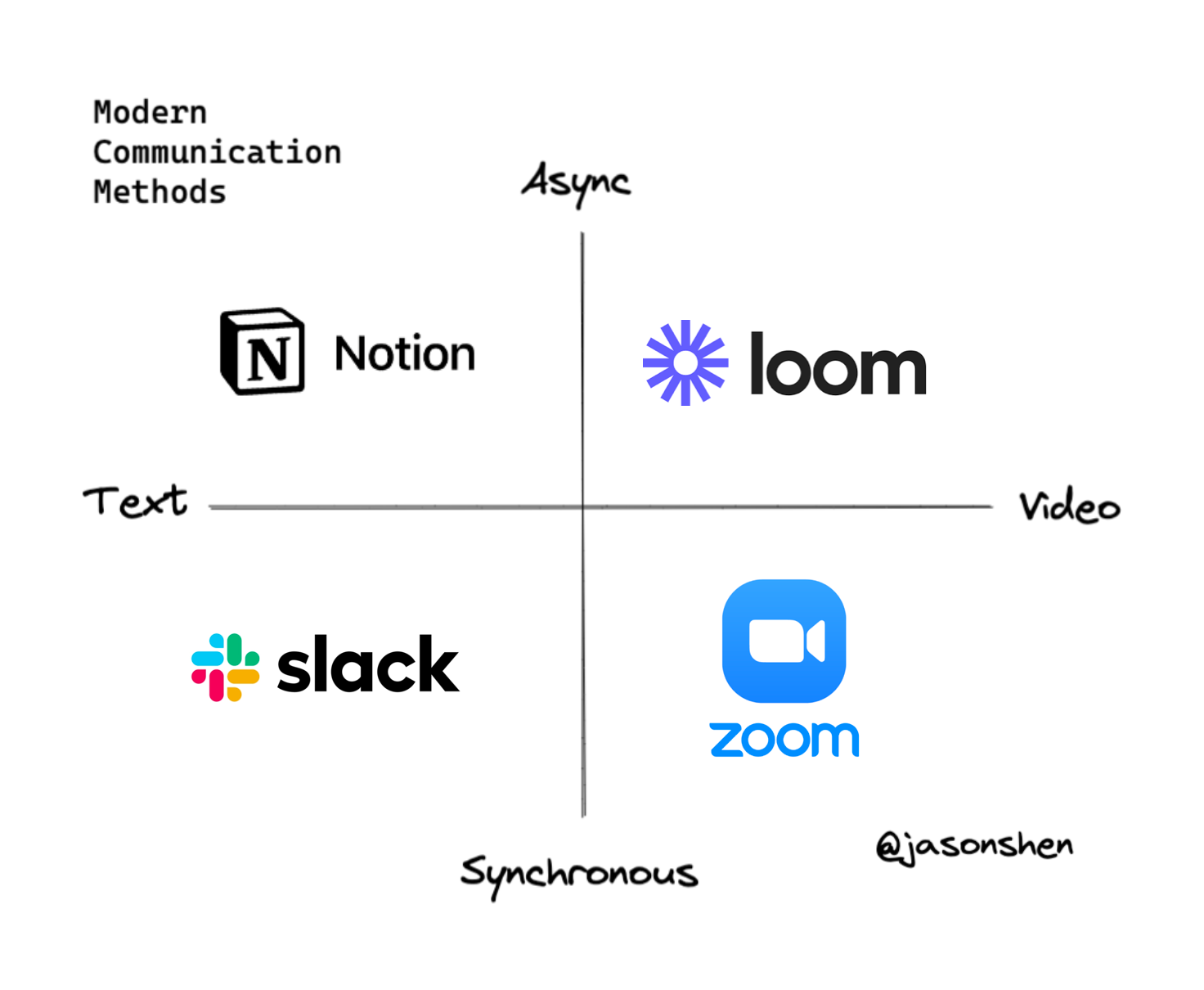
I give Loom credit for pioneering this method of communication. I mentioned Loom in 041 but I gotta bring it back because I’m using it a ton right now and it’s just so great.
With Loom you can talk about something a bit complicated and use the screen as your visual. This helps de-emphasize your face / background / etc while humanizing the experience in a way that a disembodied screencast voice could never do.
Sharing Feedback
I recently used Loom / async video to give feedback to someone’s pitch deck. It’s always hard to give feedback that’s quick but negative / constructive because you don’t want to hurt someone’s feelings but you also want your point to get across clearly and specifically.
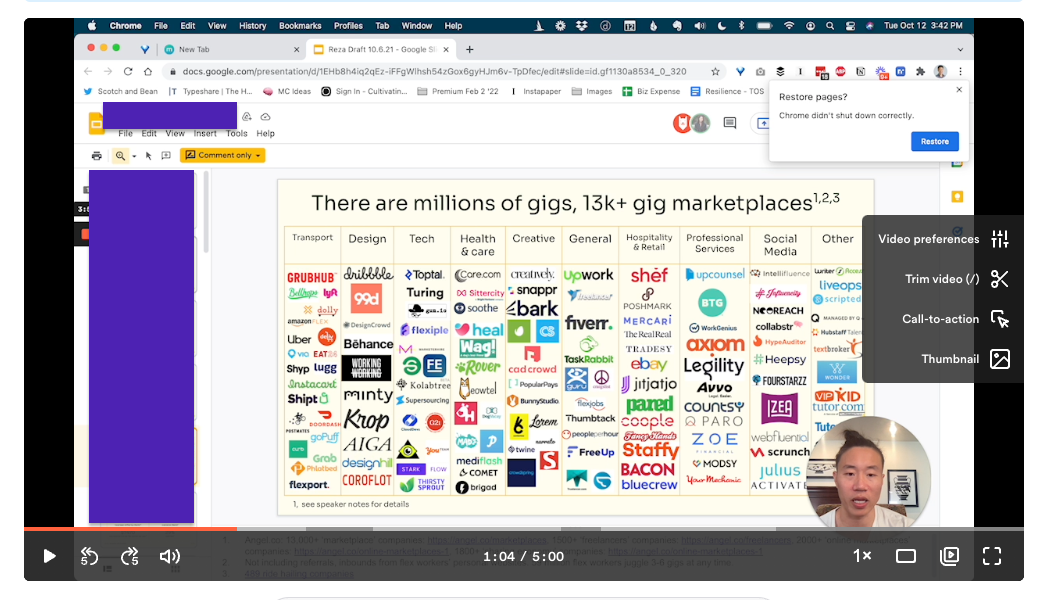
So with Loom, I was able to record a 5 minute video that let me very quickly give feedback to this entrepreneur instead of having to carefully think through the wording of 10 or 20 comments on specific elements of specific slides. I could also pull up some other websites and even do research live and show that on the screen.
Pitching
Another example of when I used Loom to good effect was when randomly cold pitching a CEO of a $500M+ startup on a head of product role. I opened up a series of tabs and recorded a really short 61 second video talking through my career, some fun facts about myself and why I was interested in the role. That got the CEO to reply back and set me up for an interview. I could see that multiple people in the office looked at the video, also handy with Loom. Didn’t get the gig but without Loom I doubt I would have even heard back.
Product Demos/Support
I work on internal tools and so am often showcasing new features of a product I've built. It's been great to show off new capabilities with a touch more humanity and liveliness—and more quickly than taking screenshots. If a picture is worth a thousand words, a video with a face is worth a thousand screenshots. And when people ask about how to do something specific, Loom helps walk through the steps to fix the issue in a way that others can see and duplicate.
Contextualizing
I have a new manager who just started this week and I have a bunch of docs and presentations to share with her about the work my teams are doing. Instead of just firing off a ton of links, I’m actually going to record a Loom and talk a little about what each doc is and how carefully (or quickly) she might want to go through it. I think it’s going to really help her get up to speed on what we’re doing.
I made a Loom just for you!
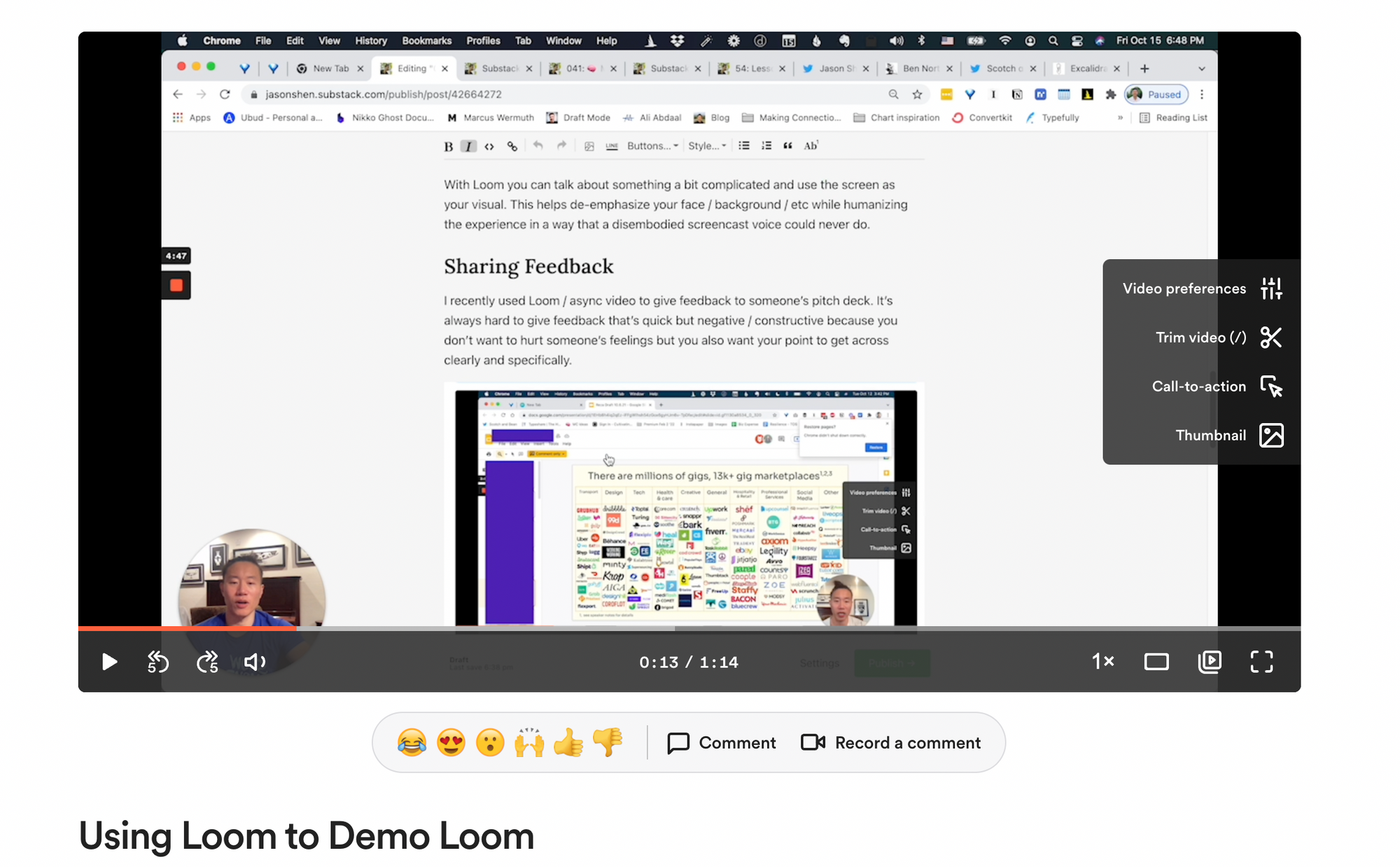
Lastly, I made a Loom about how I use Loom. Take a peek and consider taking on the challenge I issue you at the end!
Takeaways for resilience:
- To REBUILD in the face of adversity and change requires you to own your story
- As the world changes, we need to adapt how we communicate to best share our message and connect with others
- Loom and other async video tools like mmhmm, Dropbox Capture and more can help do that by combining screenshare with a human face / conversation.
🖼 Premature Optimization (Scotch & Bean)
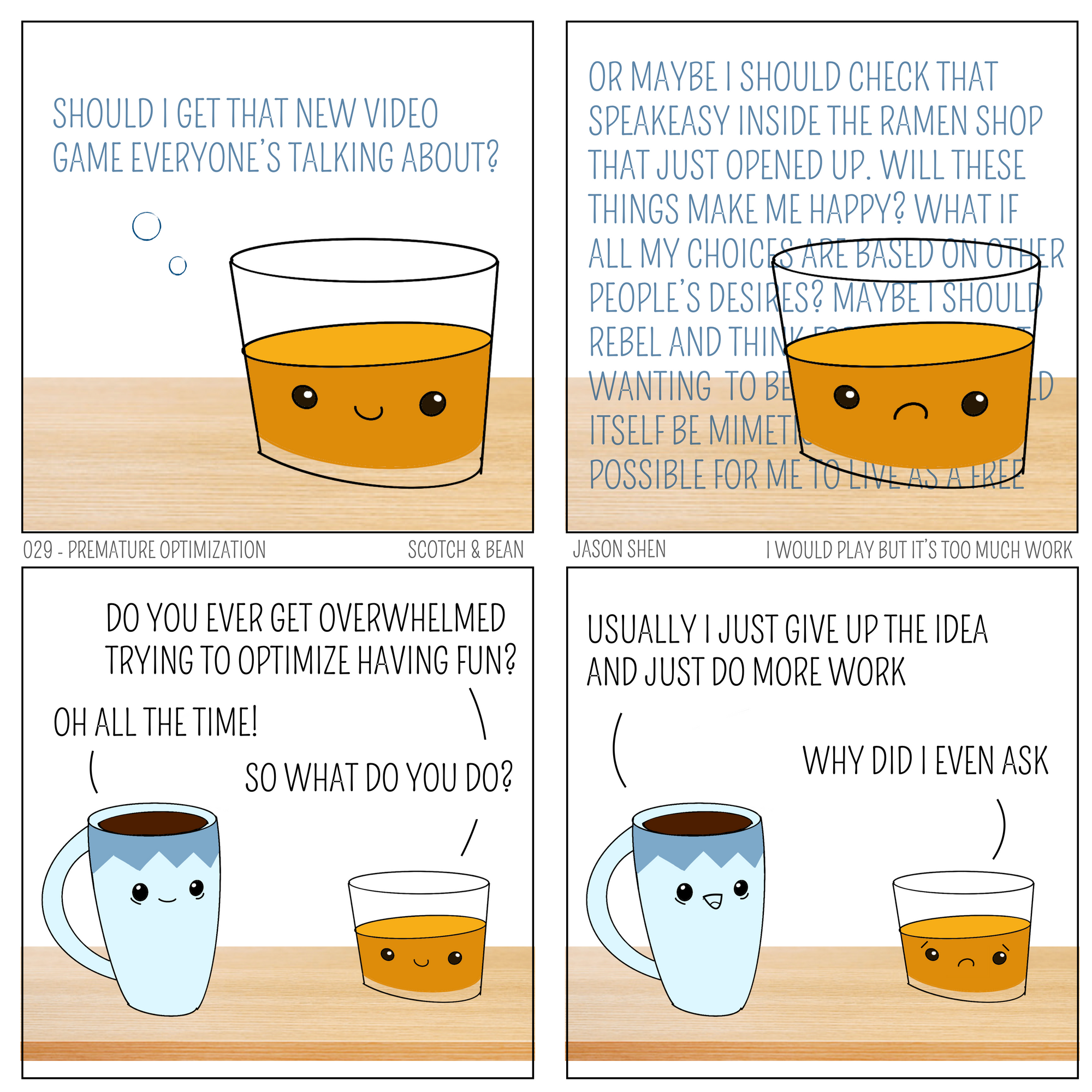
Ever feel like having fun can be a lot of work? For some anxious achievers, it can be easier to just do work, but I think it’s worth resisting the urge.
👉 ADHD 2.0 (a guide for the hyperactive)
I’ve been really digging this new book by the original authors of Driven to Distraction, one of the pioneering books on attention deficit hyperactive disorder. I was diagnosed as a kid but never really needed medication and assumed I “grew out of it” as an adult. But now I’m realizing it’s actually still something I contend with and is actually a superpower that comes with some important “care instructions” and things to avoid. For instance, the idea that people with ADHD often feel the need to “juice up reality” really struck a nerve.
See my thread on it here:
Like this edition of Cultivating Resilience? Help me reach more people who could use these ideas by sharing it!
